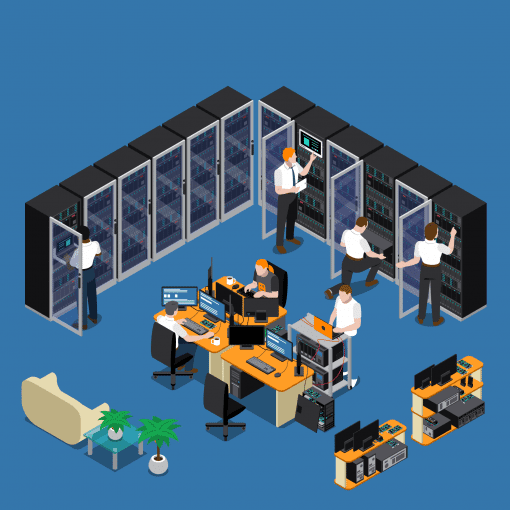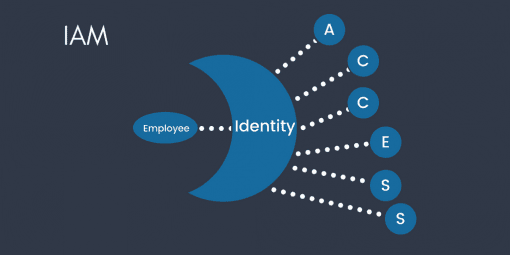The new year is here, and that means new threats. Is your organization prepared?
With the exponential increase in the number and types of cyber attacks, preparation and response are more important than ever. But according to an Enterprise Strategy Group study, IT departments ignore 74% of security incidents or alerts. And that’s not just due to negligence – teams are simply unable to keep up with the number of threats.
Automation is an obvious solution, and with the virtualization of computer systems in the 2010s and more recent technology, it’s far more feasible. Here are 4 four ways automation improves organizational security.
Reduced risk from human error
Even if an IT team has the personnel to manage the volume of threats, that’s only half the issue. The downside of virtualization is that it creates greater complexity – larger networks, Internet of Things devices, digital instances, and more. Networks have become less and les homogenous, and each element composing them is a potential vulnerability. Even the most capable cybersecurity experts are prone to fatigue, carelessness, or other inherent human flaws, but attackers work 24/7, leveraging automation, AI, and other new tech for their attacks. One absentminded misconfiguration can result in millions of dollars of loss.
These instances of human error are what automation seeks to correct, and cloud-based infrastructure makes it accessible at scale. This is what a recent comprehensive study of cybersecurity automation called the “new frontier” – the automation of the design and deployment of security and network architecture, firewalls, VPN gateways, and other cyber defenses.
Increased operational efficiency
When sensitive data or human lives are on the line, every second matters. Automating the deployment and management of resources, administrative tasks, encryption key generation and management, and other elements required for secure communication and collaboration allows agents in the field and at headquarters to be more prepared for sudden changes, new threats, or other risks.
According to Eran Barak, CEO and co-founder of the security firm Hexadite (purchased by Microsoft in 2017), automation goes beyond just prevention and detection of threats. It’s about policy execution, alert monitoring and prioritization, incident response planning, and investigation, action, and remediation. Incorporating automation at every level enables organizations to not only detect threats, but enhance readiness and respond at every operational level.
Reduced cost
Time is money, and that’s especially true for any organization relying on cloud-based infrastructure. There are several commercial cloud providers available, but resources aren’t always needed 24/7/365. On the one hand, constantly running resources even when not in use will accumulate larger costs. On the other hand, it requires significant manual administrative effort to constant destroy and redeploy resources. And this isn’t going to be feasible for some operations that require a fast pace and high level of preparedness.
Automating the deployment of needed resources can ensure you get the best of both worlds, keeping costs down while ensuring resources are always available when needed. This is also true for security automation. In 2018, the Center for Strategic and International Studies estimated that the worldwide cost of cyberattacks was around $600 billion, and was expected to rise to 6 trillion annually in 2021.
Easier integration & collaboration
Collaboration is important, but it comes with security risks. It takes time to integrate new users into a system without compromising security, especially if they’re not necessarily trustworthy. It takes IT and security significant time to manage this, depending on the systems they use. On top of that, fatigue can be a significant issue over time. As incidences increase and operations proceed, this can be a devastating issue. Automating security practices for incorporating and maintaining new users can address these issues, while reducing human error risks like inexperience, fatigue, and carelessness.
With networks becoming increasingly complex over time, and cyber attacks becoming more complex and frequent, it’s clear that automation will continue to be a key security tool in 2024 and beyond. Learn more today on how Fognigma can help your networks become automated & secure.










